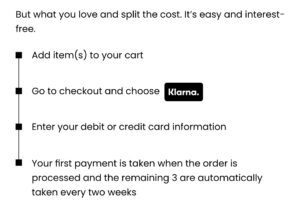
5 Strategies for LSAT Logical Reasoning Questions
1. Before anything else, read the question
Remember that big block of text on each Logical Reason question? Yep, that’s the stimulus you need to look for. But before that comes the most crucial step – reading the question thoroughly. Doing this lets you know what you need to look for moving forward.
For instance, look at it the other way around; let’s say you read the stimulus before your eyes dart through the question. That’ll just take you back to the stimulus once you’re done reading the question, that too, at the expense of your valuable minutes.
So, the crux of the biscuit is to put all your effort into understanding the question.
2. Identify the question type & Recall the task
Once you’re done reading the question, decide beforehand what you’ll be looking for in the stimulus. Just a few seconds of remembering this strategy can help you avoid feeling lost in a sea of possible answer choices (yes, it really helps!).
Before moving on to the stimulus, though, don’t forget to tell yourself exactly what you will do. For instance, in case of a weakened question, you just need to spot the statement that weakens the authors’ evidence – it’s that simple!
3. Read the Stimulus and Identify the Conclusion
By far, the most critical part of every question is the stimulus. Before you set on to predict the answer, read the stimulus carefully. As you may have guessed, it’s time to move on to identify the conclusion.
While this step may not apply to information-based questions, it’s a win for argument-based questions.
Pro tip: look out for the keywords that hint at the conclusion!
4. Predict the answer
Just like identifying the conclusion, predicting the answers is also only possible in argument-based questions. Yep, only those questions which have no conclusions. For the good part, your predictions don’t have to be too specific. And for the best part, making even a
general prediction can improve your speed and accuracy dramatically.
5. Make sure to eliminate the wrong answer choices
For the last step, you must read the answer choices in the order given. There are good chances you might get stuck on two answer choices. But of course, you’ve got to pick the best one. As tricky as that sounds, we’ve got a master tip for you.
Reduce your selections to two or three by eliminating any blatantly incorrect response choices. That makes the job much easier. That said, don’t forget – there’s no such thing as one answer choice being better than the other one. There’s only one correct answer.


